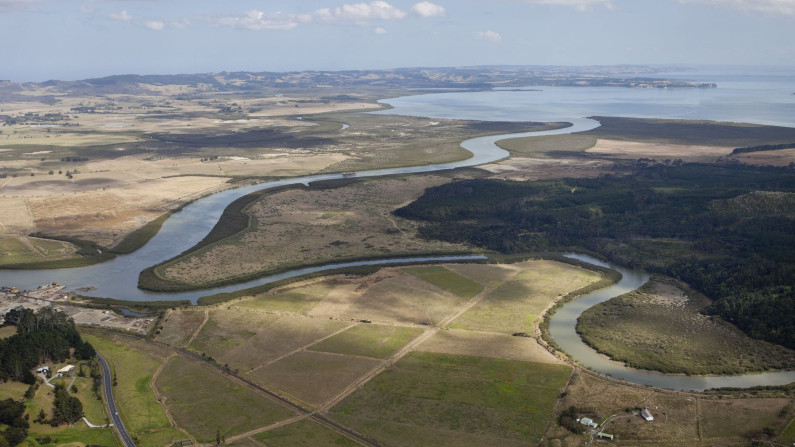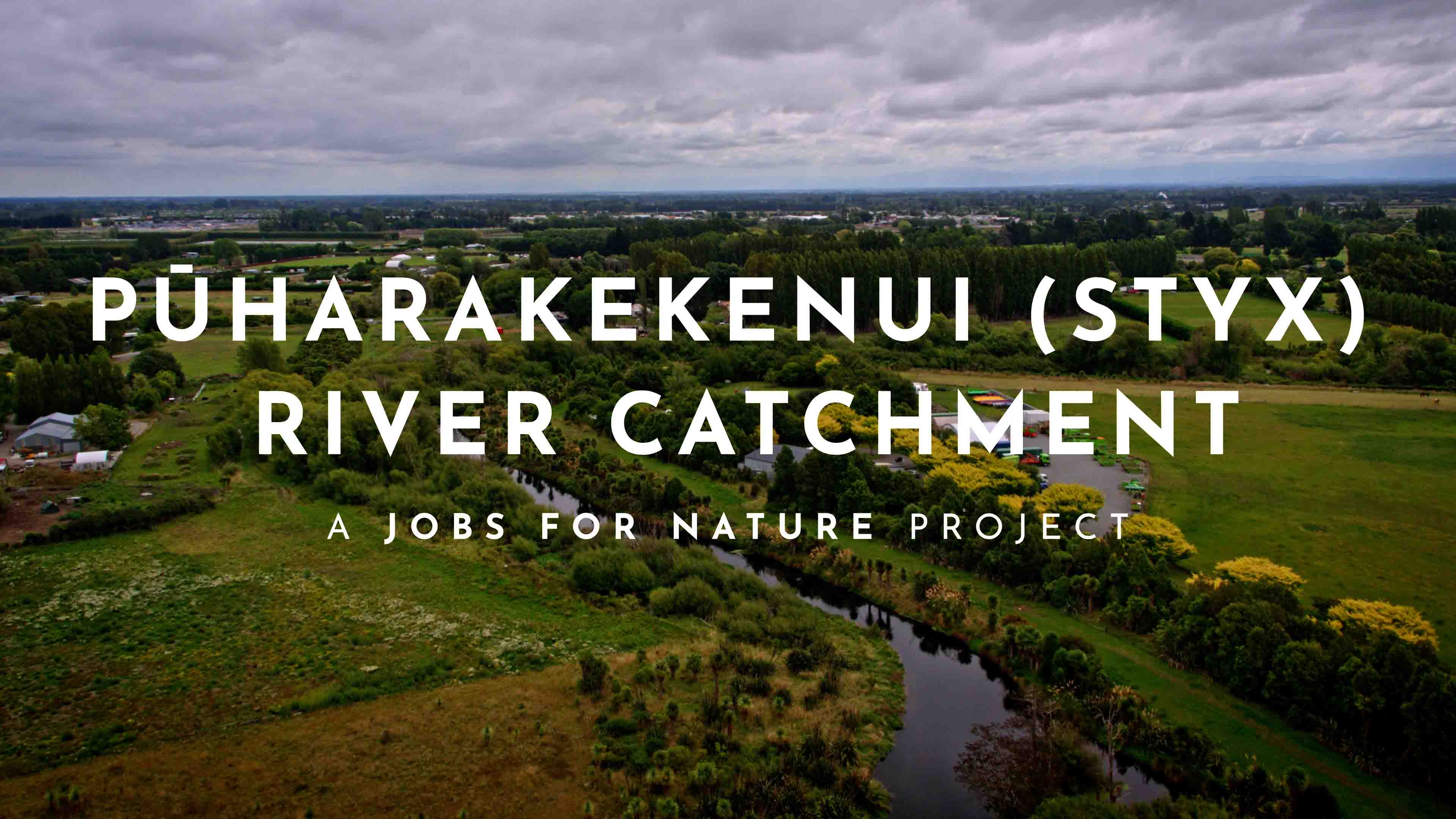"The catchment – an area of land and the water that it collects and moves through it – is significant to local communities, iwi, industries, and private landowners and supports their economic, social, and environmental well-being.
"It has been a great collaborative undertaking from the Department of Conservation, Ministry for the Environment, NZ Landcare Trust, Ministry for Primary Industries, Ngāti Kuia, Kotahitanga Mō te Taiao, and the Marlborough District Council," says Minister Parker.
We’re breaking new ground with the scale of this project. It’s a rare opportunity to be able to actually help at grassroots level with landowners
Aubrey Tai, Catchment Coordinator
The Jobs for Nature funding also enabled Ngāti Kuia to employ 14 more locals from their iwi, keeping on track with the 79 projected jobs created by the Te Hoiere Project over the next four years.
Titiraukawa – a Ngāti Kuia nursery propagating and growing eco-sourced natives to plant on the banks of the rivers in the area – is also now up and running, alongside a commercial plant to process kānuka which is a taonga with medicinal properties.
Seeing the sheer amount and quality of work put in to improve the health of ecosystems and indigenous species like pekapeka (bats), mioweka (banded rail), and shortjaw kōkopu has been great to see.
Sixteen landowners on 22 different properties have met with the Catchment Coordinator Aubrey Tai to discuss opportunities to resource fencing, weed control, planting, and further dung beetle release.
It’s so our grandchildren actually can come here and hear birdsong,
Barbara Faulls, Co-chair of Te Hoiere and Councilor for the Sounds Ward
“It’s a challenge, but it’s extremely rewarding. When you see what people are already doing in their own backyards, I’m really optimistic about where we’re going with this.
“When we came here, there were very few pockets of native bush, so we wanted to create areas of significant beauty. It’s like a giant kidney for the rest of the catchment area” say Barbara and Bruce Richmond, private landowners and dairy farmers in the Pelorus Bridge area.
“It’s a wonderful feeling to know that people are getting in behind and doing their best to do what they can to make things right,” says Waihaere Mason, Chairperson of Ngāti Kuia and Co-chair of the Te Hoiere project.
Related content
Te Hoiere Catchment Enhancement Plan [storymaps.arcgis]




